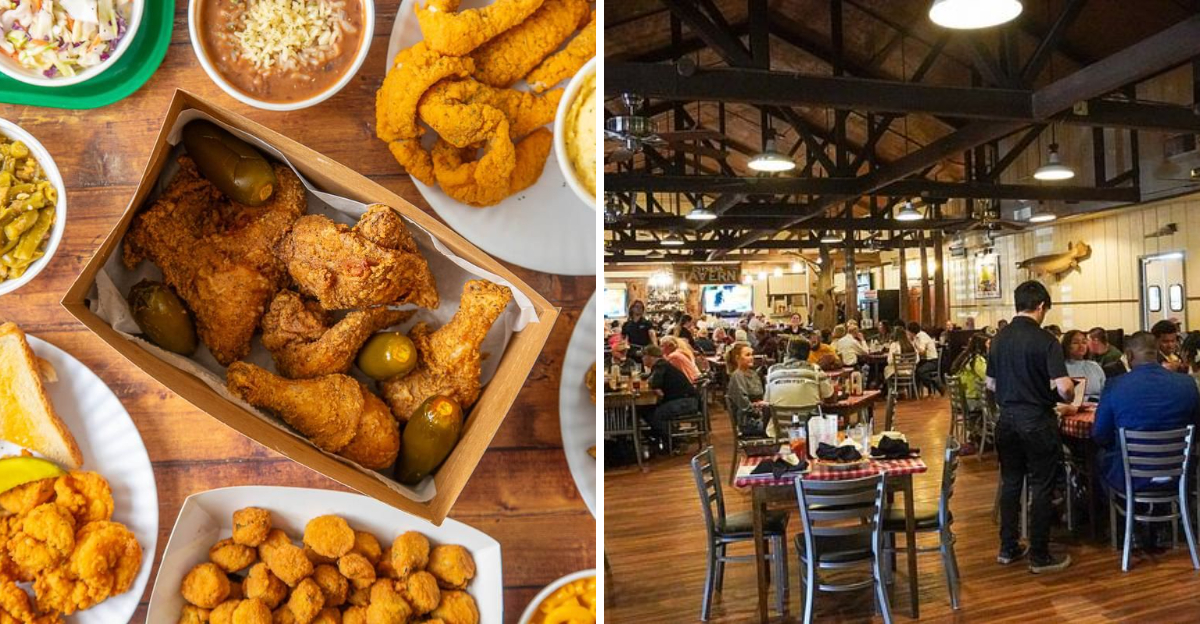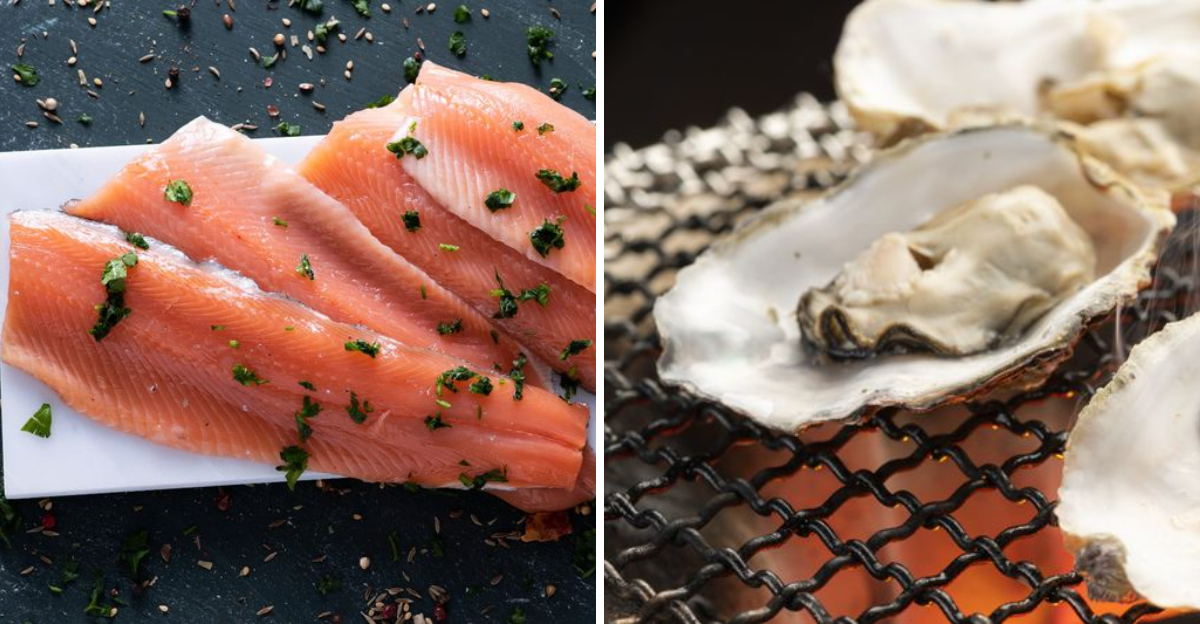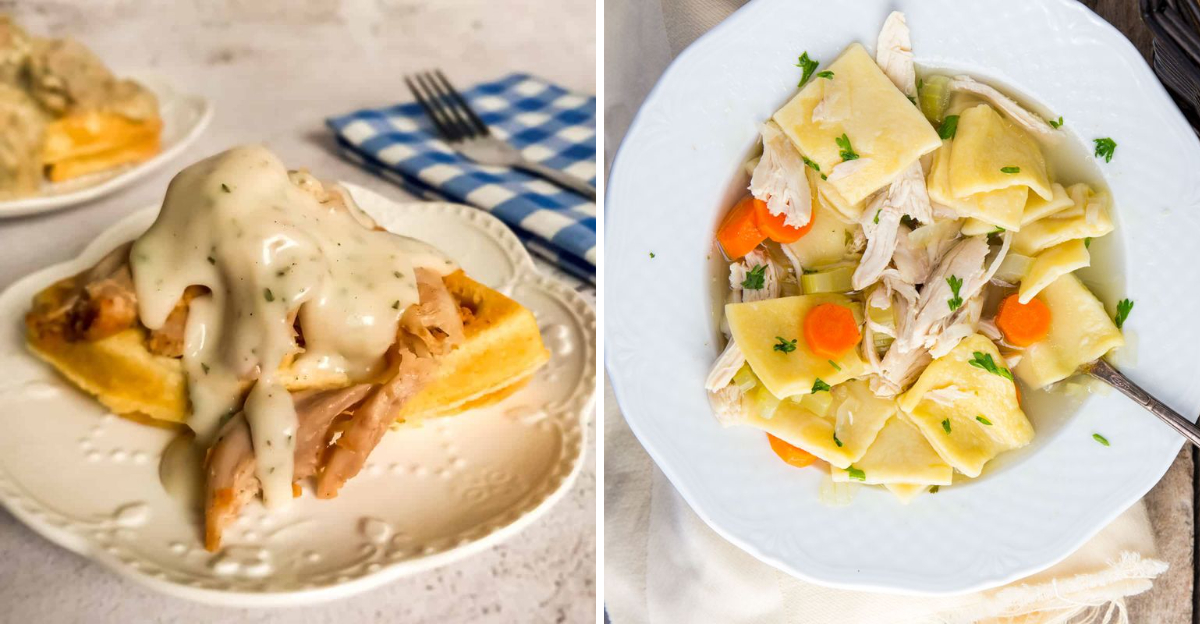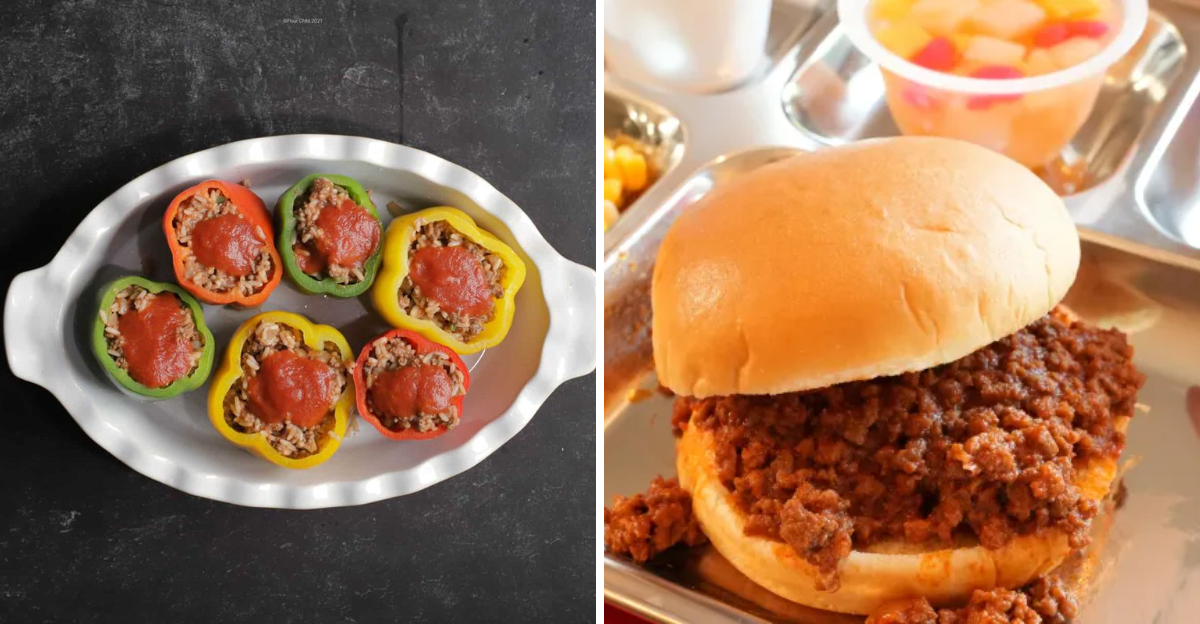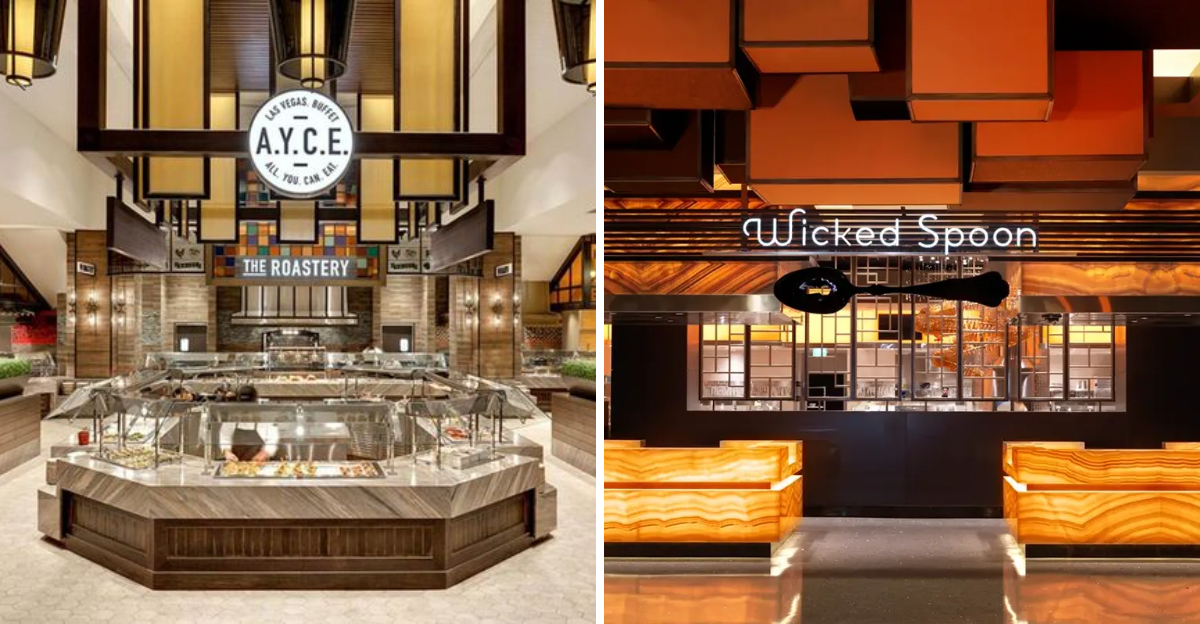12 Oscar Mayer Deli Meats From The 1970s Fans Still Remember Fondly
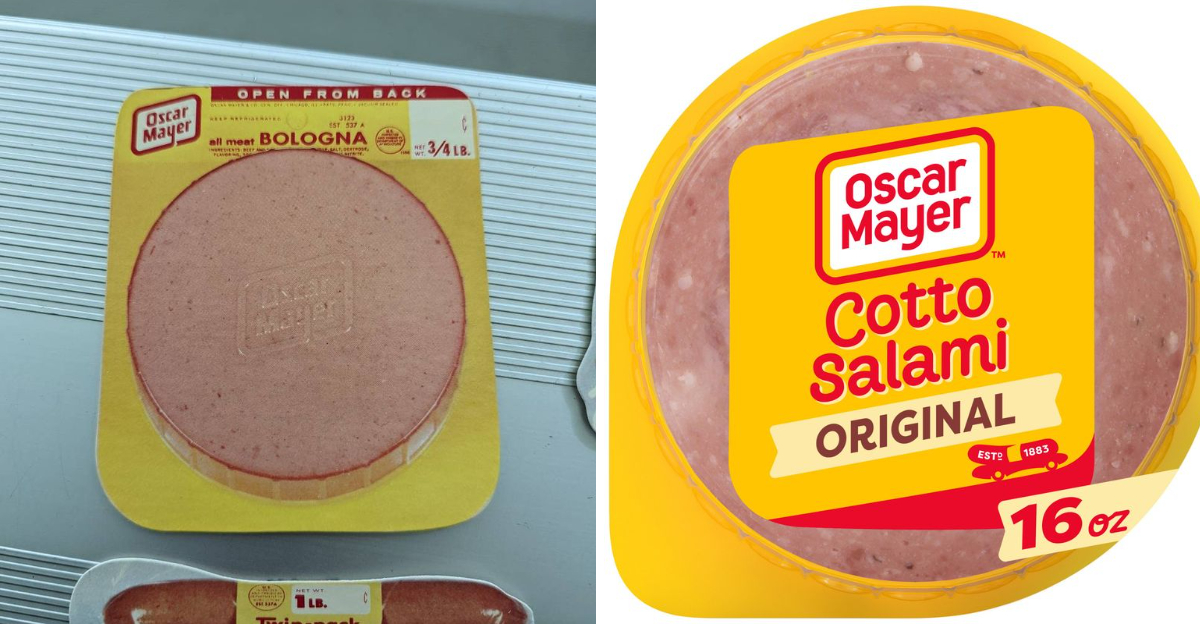
Crack open the deli case of memory and you can practically hear the jingle. The 1970s were a golden era for sandwich makers, and Oscar Mayer turned simple meats into family traditions.
From lunchbox staples to Sunday picnic headliners, these slices carried flavor, nostalgia, and the comfort of routine. Ready to revisit the tastes that made every brown-bag lunch feel special?
1. Classic Bologna
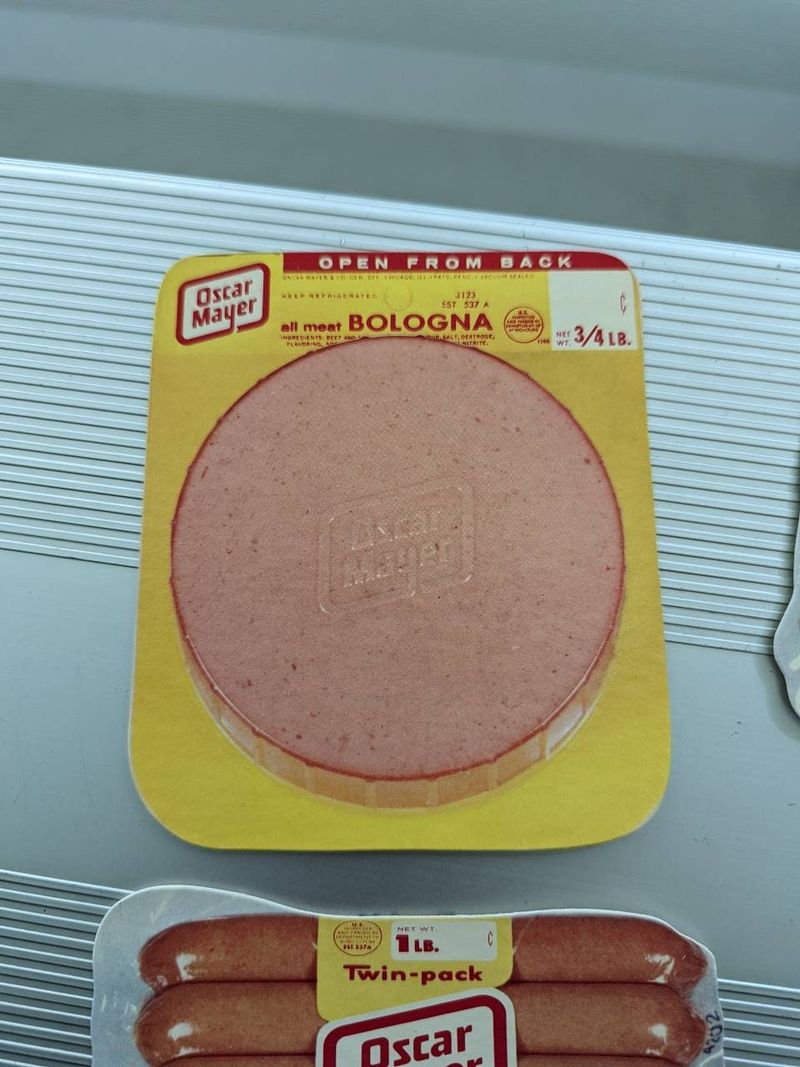
Oscar Mayer’s classic bologna was the undisputed hero of 1970s lunchboxes, a soft, savory slice that balanced simple spices with kid-friendly appeal. Parents loved its reliability, while children adored the way it folded perfectly on white bread with yellow mustard.
It starred in after-school snacks, midnight sandwiches, and picnic stacks. Whether fried in a skillet or chilled straight from the fridge, bologna made every bite feel familiar and fun.
Its rounded edges and signature aroma symbolized comfort, making it a time-capsule taste that still brings back warm, fluorescent-lit supermarket memories and brown-bag excitement with every tender, salty chew.
2. All-Beef Bologna
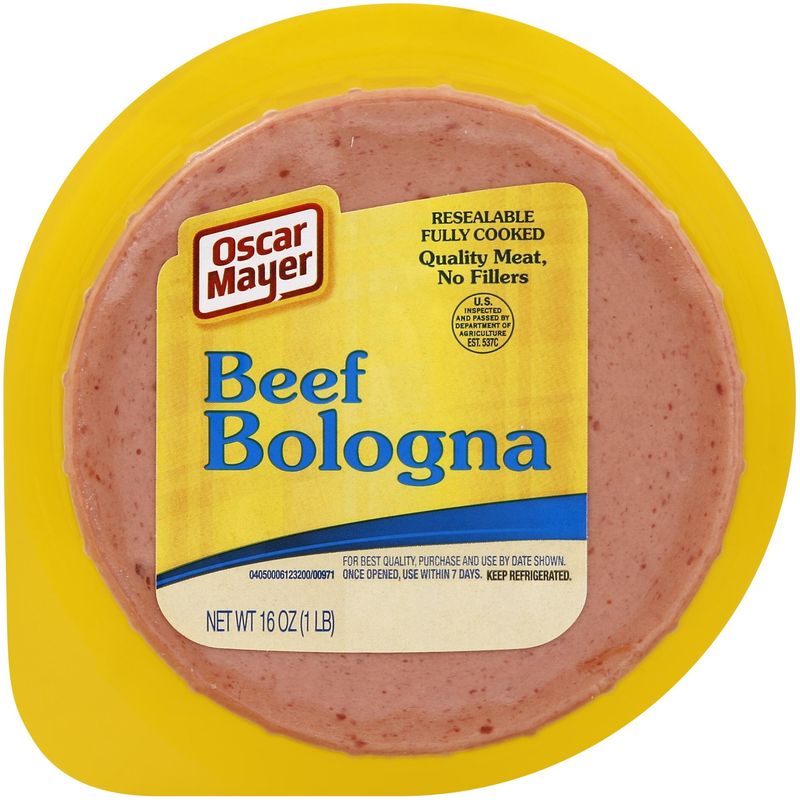
All-beef bologna felt like the grown-up cousin of the classic, delivering a deeper, richer bite that satisfied dads and hungry teens alike. Its beef-forward savoriness paired nicely with sharp cheddar, dill pickles, and rye bread, transforming a simple lunch into a deli-style treat.
Families appreciated its hearty character at weekend gatherings, where generous rounds stacked tall on party platters. A quick pan-sizzle developed caramelized edges and a satisfying snap.
It held its own against bold condiments—horseradish, spicy mustard, even hot sauce—without losing balance. In an era of convenience foods, this bologna still promised genuine flavor you could taste.
3. Original Cotto Salami
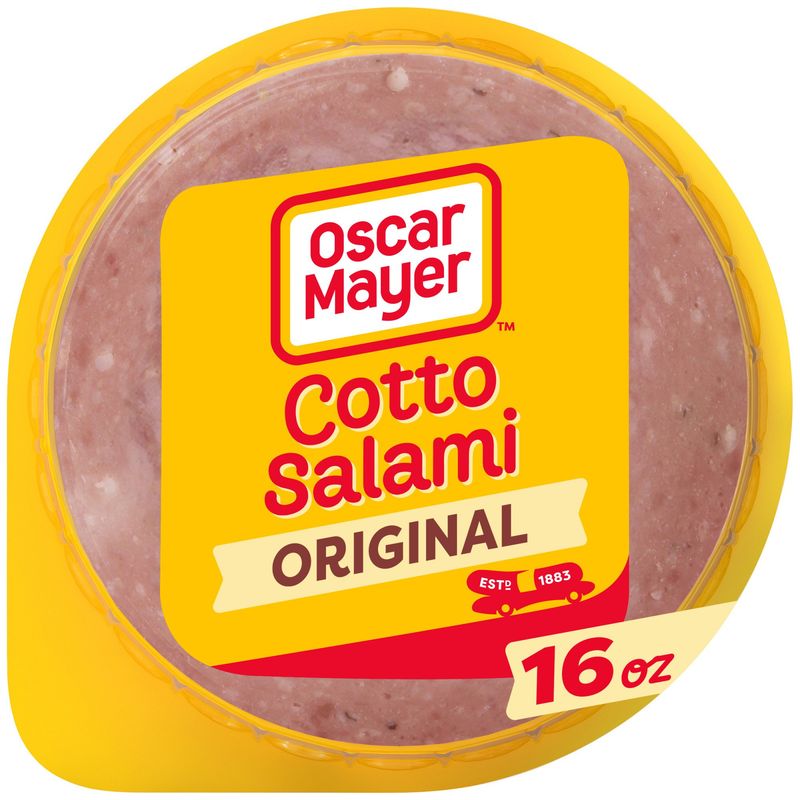
Cotto salami brought a peppery, garlicky pop to sandwich rotations, a flavorful leap beyond standard lunch meat. Its marbled look and gentle spice hinted at deli-counter sophistication while remaining totally approachable for family meals.
Thin slices layered beautifully with provolone and shredded lettuce, especially on crusty rolls. In the 1970s, it felt cosmopolitan without being fussy, appearing at birthday buffets and PTA potlucks.
Kids loved its mild tang, while adults appreciated its balanced seasoning and easy pairing with olives or giardiniera. It turned ordinary lunches into little celebrations, a reminder that taste could travel further than the weekly grocery run.
4. Hard Salami

For those who wanted a firmer bite and a robust, smoky character, hard salami was the ticket. Its dense texture and deeper spice profile stood up to bold toppings like banana peppers and sharp mustard.
Popular at card nights and casual get-togethers, it sliced neatly and kept its shape on cracker trays. The salami’s satisfying chew made it a standout in meat-and-cheese spreads, often paired with Swiss and pickled onions.
Families reached for it when they wanted something savory that felt special. It’s the flavor that made a simple sandwich feel like a crafted deli classic, even at home.
5. Honey Loaf

Honey loaf added a gentle sweetness to the deli lineup, balancing savory flavors with a glazed, nostalgic warmth. Its subtly sweet notes made it a favorite in kid-friendly sandwiches, especially with a swipe of mayo and iceberg crunch.
The loaf’s neat, uniform slices fit perfectly on square bread, a small joy in lunch packing. Its delicate seasoning welcomed mild cheeses and sliced tomatoes.
At potlucks, it offered a pleasing contrast to spicier meats, creating variety without overpowering. Many remember it as the gateway to exploring different deli flavors, a tender, approachable choice that brightened school days and family picnics alike.
6. Olive Loaf

Olive loaf was the deli wildcard: savory meat studded with green olives and pimentos, turning every slice into a patterned surprise. It brought briny brightness and visual flair to humble sandwiches, especially with a smear of mayo on soft rolls.
In the 1970s, it felt delightfully quirky, the type of lunch meat that turned heads at cafeteria tables. Parents liked its built-in tang, needing fewer condiments to pop.
On party trays, it added color alongside cheddar cubes and celery sticks. Love it or not, olive loaf made memories—its distinctive taste instantly transports fans to vinyl-seat diners and neighborhood potlucks.
7. Chopped Ham

Chopped ham offered an affordable, dependable staple that delivered classic ham flavor without pretense. Its lightly seasoned profile played well with everything from American cheese to sweet relish.
Families leaned on it for quick lunches—simple, stackable, and satisfying. It folded easily into omelets, diced into macaroni salads, or fried into crispy breakfast edges.
In the 1970s, it embodied practicality with a comfort-food heart, making weekly meal planning smoother.
The familiar pink slices looked right at home next to potato chips and a thermos of milk. Even today, a chopped ham sandwich evokes simpler times and kitchen-table laughter.
8. Cooked Ham

Cooked ham delivered a clean, meaty flavor that felt versatile enough for any sandwich or salad. Thin-sliced, it layered airily with leaf lettuce and Dijon, perfect for brown-bag elegance.
Thicker cuts made hearty, toasty melts with Swiss cheese. The 1970s home cook appreciated its reliability—no surprises, just honest ham taste.
It shone in Sunday brunch spreads, rolled with pineapple rings or tucked into flaky biscuits. Packed in tidy stacks, it made lunch packing swift and stress-free.
Its rosy color and gentle saltiness defined the era’s kitchen comfort, finding a place in both everyday meals and festive gatherings.
9. Turkey Breast

Lean, mild, and endlessly pairable, turkey breast gained ground in the late 1970s as families sought lighter choices. Oscar Mayer’s version sliced clean and tender, welcoming crisp lettuce, tomatoes, and a touch of cranberry or honey mustard.
It made lunch feel fresh without sacrificing satisfaction. Wrapped in pita or layered on wheat, it suited evolving tastes and brown-bag goals. Parents appreciated its better-for-you vibe, while teens loved building tall, deli-style stacks.
It also played well in chef salads and post-holiday leftovers. Turkey breast proved that lighter meats could still deliver comfort and craveability in everyday sandwiches.
10. Smoked Turkey

Smoked turkey added a whisper of campfire to the lunch lineup, with subtle smokiness elevating otherwise simple sandwiches. It matched beautifully with sharp cheddar, red onion, and seeded mustard on rye, creating a grown-up flavor profile that still felt friendly.
In the 1970s, it hinted at deli sophistication without leaving the supermarket aisle. Families used it for picnic baskets, pairing it with potato salad and pickles.
Its rosy edges and silky texture layered nicely without overpowering. Smoked turkey proved that a gentle smoke could bring depth and nostalgia, making weekday lunches taste like a special treat.
11. Roast Beef

Roast beef offered hearty, savory satisfaction in tidy, deli-thin slices that felt upscale for the era. It brought real roast flavor—beefy, slightly salty, and perfect with horseradish or au jus-style dips.
On kaiser rolls, it created a lunch that felt restaurant-worthy. Families loved it for Sunday game days, stacking it with provolone and peppers. The meat’s darker hue looked striking on platters, signaling something special.
Even with simple mayo and lettuce, it felt indulgent. In the 1970s, roast beef bridged convenience and culinary flair, bringing a taste of the deli counter right into the kitchen.
12. Chicken Roll
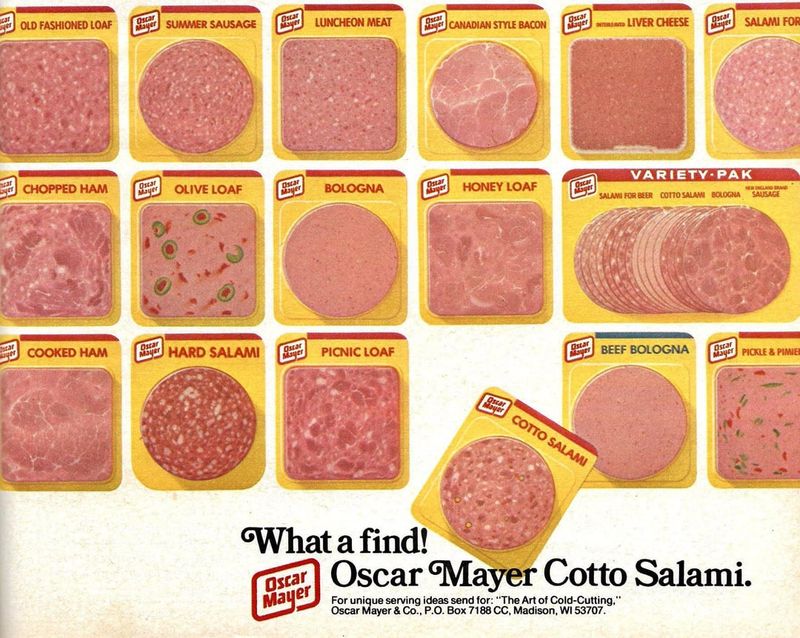
Chicken roll provided a lighter, subtly seasoned option that still felt substantial and versatile. Its smooth texture made for kid-approved sandwiches, especially with mayo and crisp lettuce.
Adults appreciated its mild flavor in salads or with tangy pickles on toast. In the 1970s, it suited families balancing budget and taste, often appearing in school lunches and church socials.
Sliced thin, it layered cleanly; diced, it folded into pasta salads with ease. The result was an adaptable staple that welcomed any condiment.
Chicken roll proved that gentle flavors could hold center stage while keeping weeknight meals stress-free and satisfying.

